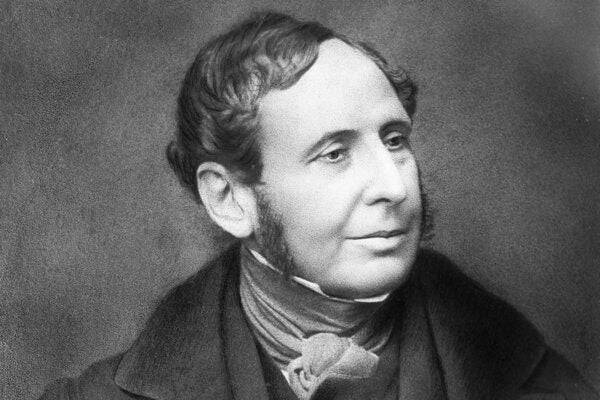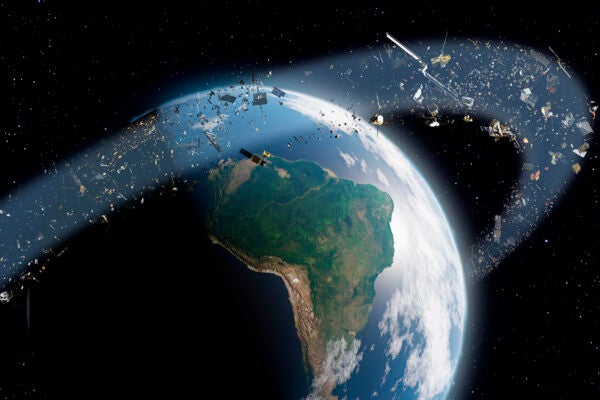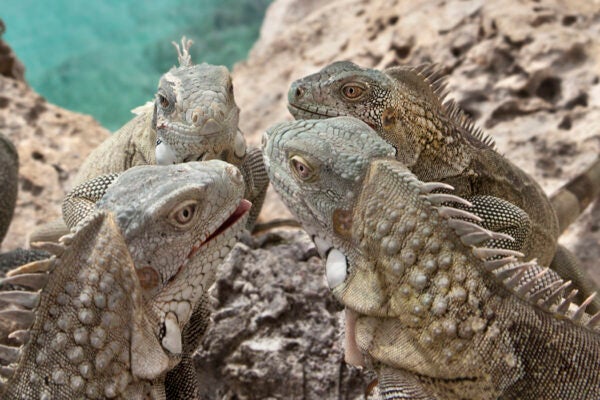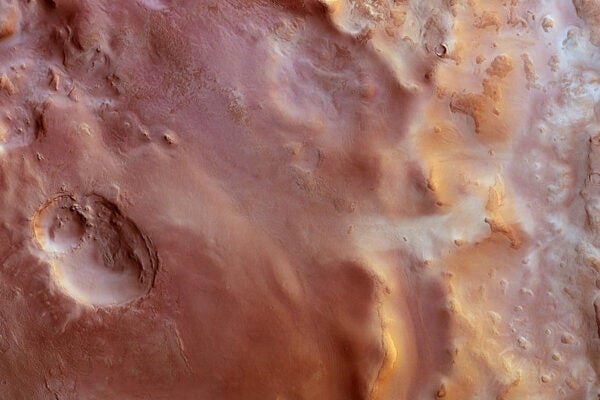Can a mammoth be cloned? A discovery last year of an extremely well preserved mammoth carcass from Siberia suggests that the answer might be yes. The mammoth, believed to be at least 40,000 years old, is almost intact and contained liquid blood, which makes the prospect of cloning far more plausible. If a complete mammoth genome can be isolated, than cloning is certainly possible, because the technology exists.
In 2001, researchers experimented with cloning as a way to preserve endangered species. They successfully produced a clone of a gaur, an endangered Asian species of buffalo. To accomplish this, a cow egg was stripped of all of its genetic material and chromosomes extracted from a gaur were inserted into the egg. A surrogate mother—a cow—then carried the embryo to term, giving birth to a gaur about 9 months later. The baby gaur died of an unrelated infection shortly after birth, but the experiment proved the viability of the process.
In comparison, a set of mammoth chromosomes would have to be inserted into the egg of a surrogate parent, presumably a large, hairy elephant. If the process worked, the clone would arrive in the world the old fashioned way, through its mother’s birth canal. The reality of the process also raises some thorny questions. In the case of the gaur, both guar and cow biology are well known, so compatibility was a good bet. The biology of a mammoth is a different story; we don’t know exactly how a mammoth embryo and a mother elephant would match up.
While it might be technically feasible to clone a mammoth, a better question is why do it all? Trying to revive species threatened by human indifference is one thing, but mammoths have been extinct for 10,000 years. Not to mention, the modern climate and environment are completely different, so even if a clone survives to adulthood it will not act like a genuine mammoth. Overall, scientific value of a clone will be limited, at best, and there is plenty of information available from fossils and other mammoth remains. So while cloning a mammoth is an intriguing idea, it’s probably not best for science.







